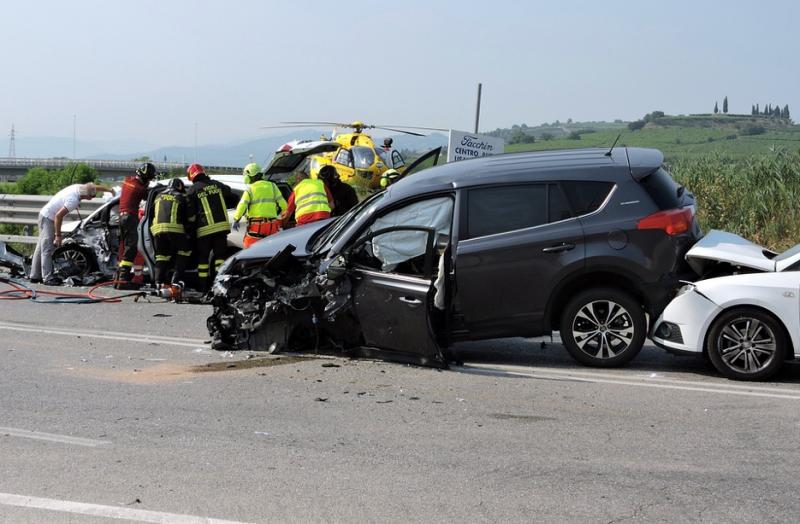5 Causes of Ride Share Accidents

With the introduction of Lyft and Uber, technology-dependent ridesharing has grown its popularity over the past few years. More people prefer using rideshare services for reliability and comfort. Unfortunately, with the increased reliance on rideshare services comes an increase in rideshare accidents. A recent study shows a 2% to 3% increase in traffic accident fatalities due to increased rideshare services usage since 2011. Read on for five top causes of rideshare accidents.
1. Speeding
Did you know speeding accounts for over 9000 deaths yearly, and more than 26% of car accidents result from speeding? Rideshare drivers need to collect as many trips as possible and get five-star ratings to maximize their income. The easiest way to achieve this is by getting customers to their destinations as fast as possible. This results in overspeeding.
If a rideshare driver drives too fast, they could lose control of the car or lack enough time to stop to prevent a collision, resulting in fatal accidents and damage. Be sure to contact an Uber accident lawyer if you are involved in an accident with a rideshare vehicle for help to pursue compensation for damages and injuries sustained.
2. Driver fatigue
Some rideshare drivers max out their time with both Lyft and Uber, and others take on rideshare driving after their nine to five job. Some rideshare drivers even have a specific amount they want to make by the end of the day. This results in driving even when fatigued and needing rest to achieve a particular goal, which leads to accidents. According to AAA research, driving while tired is as dangerous as driving under drug influence.
3. Driving under the influence
Driving under the influence of drugs and alcohol is one of the most significant causes of accidents involving Uber and Lyft vehicles. Ridesharing drivers do not have a set schedule for when they should provide their services. They also do not undergo any alcohol and drug screening before working. This means that rideshare drivers could use alcohol and other drugs, activate their apps, and start picking up customers.
Driving under drug influence impairs the rideshare’s driver cognition, judgment, and reaction time, putting passengers, pedestrians, and vehicles at risk.
4. Distracted driving
Uber and Lyft drivers are more susceptible to distractions compared to other drivers. This is because they have to engage with the ridesharing app to find clients. They further have to keep glancing at their smartphones to figure out where to drive, especially in an unfamiliar area. This, coupled with distraction from the radio, passengers, grooming, eating, and the rush to get clients to their destinations, increases the chances of reckless driving and accidents.
5. Disobeying traffic signs and signals
All drivers, including Uber and Lyft drivers, must obey traffic signs and signals. However, rideshare drivers disobey traffic rules to maximize their income, leading to accidents. The Lyft or Uber driver is liable for any accidents caused by negligence, so ensure you contact your attorney for compensation. Some standard traffic signals and signs rideshare drivers ignore include:
- Not stopping at a stop sign
- Driving through red lights
- Failing to signal when changing lanes
- Not using turn signals
Endnote
Vehicle accidents can happen to anyone at any time. If you or your loved one is involved in a rideshare accident due to speeding, drunk or distracted driving, negligence, or drowsy driving, do not hesitate to seek an uber and Lyft attorney's help to help you demand justice and compensation.
More to Read:
Previous Posts:









